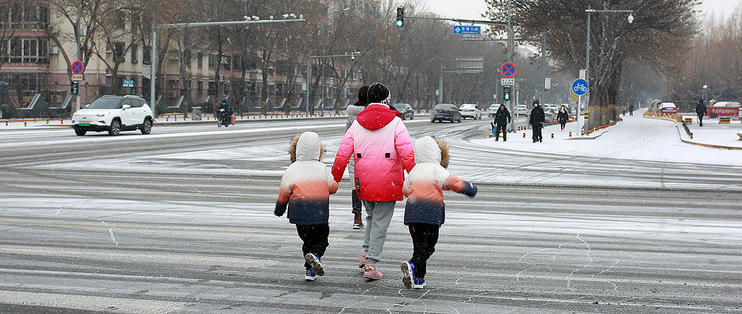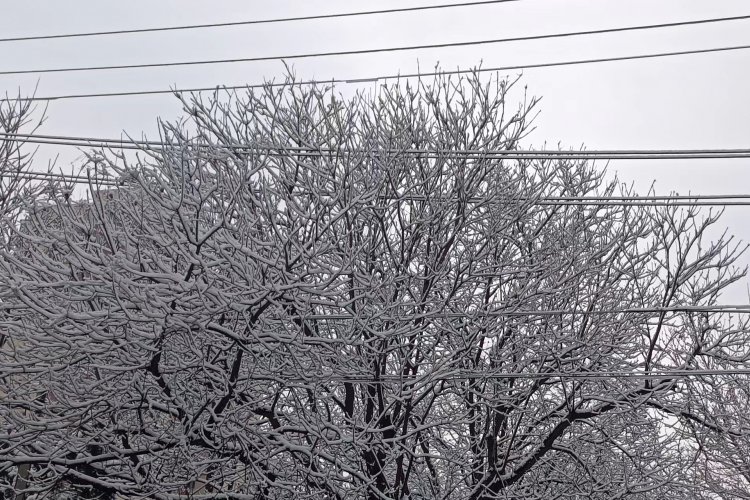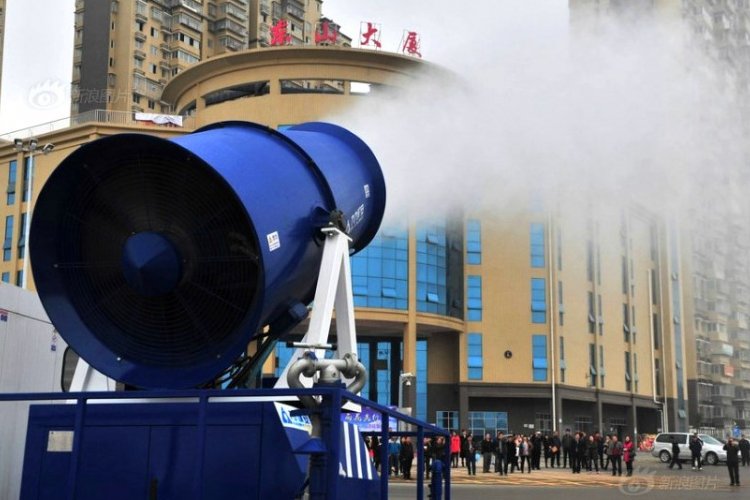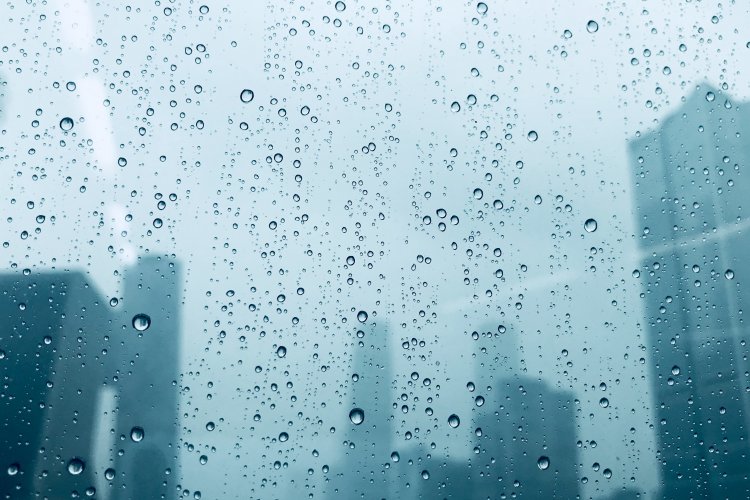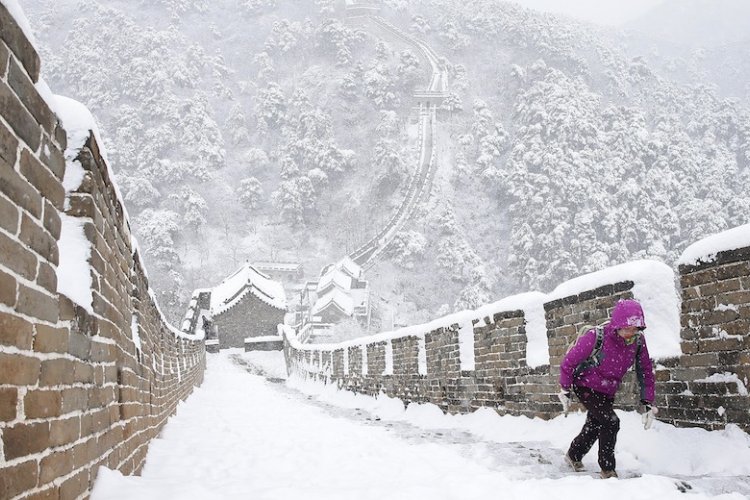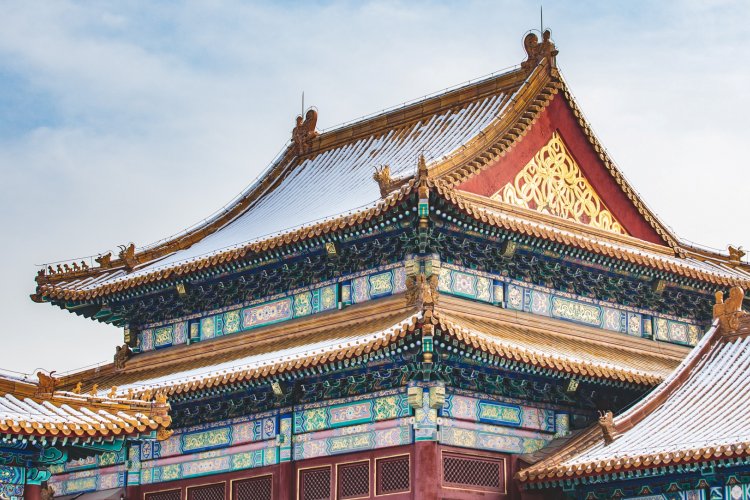Beicology: The Capital's Complicated Relationship With Snow
Throughout the entire Winter Olympic season, the capital was blessed with heavy snows and howling winds welcoming Olympians and officials from all over the world. Yet, despite Beijing being a northern city where temperatures can drop below freezing for months on end, snow is not a regular guest. And if you ask a long-time resident living in this historic city, their relationship with this white winter fairyland is a little more complex than you might think.
Humidity and temperature are two key elements that affect the crystallization of snow, and compared to regions that tend to have their land coated in a fluffy white quilt, Beijing does not excel in either of these two regards. That's because, simply put, Beijing isn't exactly blessed with an abundance of water resources.
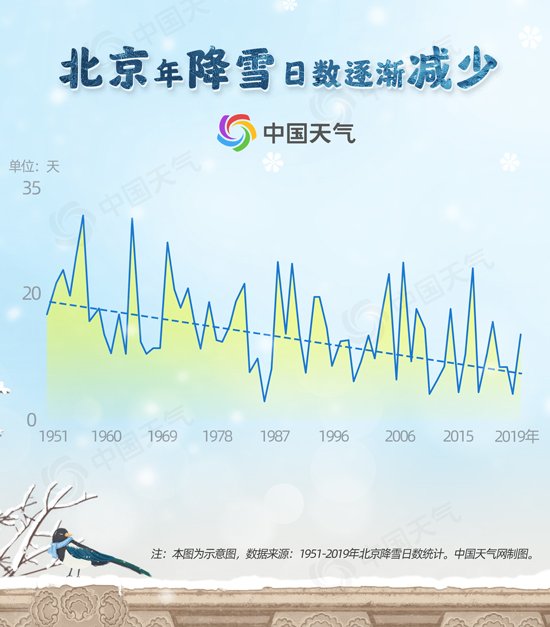
According to a survey undertaken before the South-North water transfer project was implemented, the water resource per capita in Beijing was about 100 cubic meters, significantly less than the 500 cubic meters per person standard for water scarcity set by the World Water Development Report.
Although things have improved over the past few years, the dry winter gale that travels through the alleys still reminds people that there is not much moisture for nature to work with. On the other hand, simply being cold is not enough for visible snow to fall upon a city – a sudden temperature declination and a humid air mass are usually what seal the deal. Therefore compared to the downtown sites on the Northern China Plain, the mountainous north-west rural area of Beijing has a higher chance of embracing most of the city's snowfall in a year.
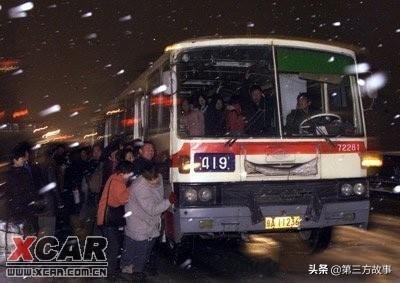
Though some may agree that snow is what lights up this stark city in winter, it doesn't necessarily give rise to happy memories in the minds of all residents. Way back in December 2001, the first winter after Beijing claimed the right to host the 2008 Olympic Games, light snow paralyzed the city's transportation systems. Snow fell during rush hour only to melt shortly thereafter, becoming a layer of treacherous ice that disrupted major roads and highways.
Thousands found themselves either trapped in an unprecedented traffic jam or having to walk for hours to get home. 21 days later, the city government rolled out its first snowy weather regulations. Then, in 2010, snowfall lasting for more than 20 hours pushed the government to issue its first school suspension order, giving students such as myself an unexpected extra holiday following the new year.
After being named the host city for the 2022 Winter Olympic Games in 2015, Beijing's snow continued to be sporadic. The first snow in 2017 arrived on Jan 22 but was too small to be documented as effective precipitation, while in 2018 the snow was absent until Feb 6, some two months later than usual. This presented a challenge for Olympic organizers.

To construct ski resorts that meet Olympic Games standards, the city couldn't count on natural snowfall. In fact, for the 2022 Winter Games, the organizing committee relied mostly on artificial snow. Even though this has become a common practice for ski resorts around the world, it still aroused both international and domestic concerns that increased water usage for the Winter Games would put a heavy burden on the city’s already limited water resources.
The committee responded to these inquiries by claiming artificial snow production is standard practice, adding that most of the water resources used in producing artificial snow would be collected and recycled in nearby reservoirs and artificial lakes for future use.
However, now that the Winter Games has come to an end, utilizing the infrastructure legacy while minimizing the burden it puts on natural resources will be a challenging task for the capital.
Read: Art of the Streets: Get to Know Some of Beijing's Graffiti Artists
Images: Smzdm, Stdaily, Xcar, 中国天气

